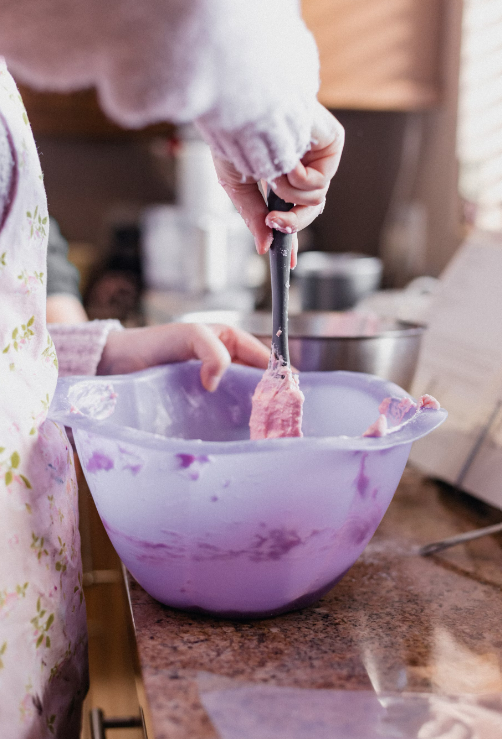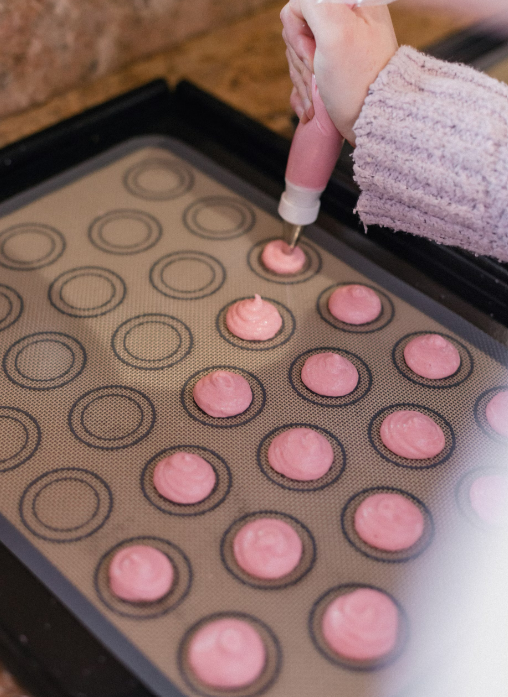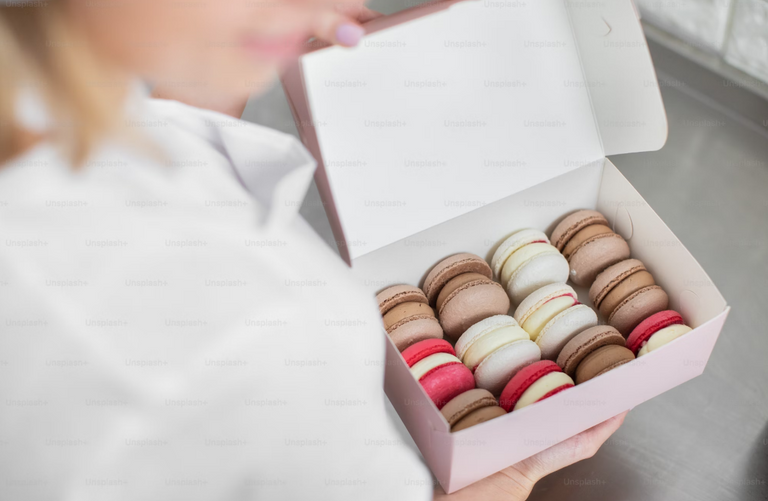Macarons, the delicate French cookies with a crispy shell and soft, chewy interior, are a favorite treat worldwide. Despite their elegance, making macarons can be tricky, requiring precision and patience. This guide will walk you through the process step-by-step to help you master these delightful desserts.
What Are Macarons?
Macarons are meringue-based cookies made from almond flour, sugar, and egg whites, sandwiched together with a flavorful filling. They come in a rainbow of colors and flavors, ranging from classic vanilla and chocolate to creative options like lavender or matcha.
Ingredients You'll Need
For the Macaron Shells:
- 100g almond flour (finely ground almonds)
- 100g powdered sugar
- 75g granulated sugar
- 2 large egg whites (about 60g), aged at room temperature
- Food coloring (gel-based for best results)
For the Filling (Ganache or Buttercream):
- 100g heavy cream (for ganache) or butter (for buttercream)
- 100g chocolate or powdered sugar
- Flavorings of choice (vanilla, fruit puree, etc.)
Tools You'll Need
- Fine sieve or sifter
- Mixing bowls
- Electric mixer or stand mixer
- Piping bags with a round tip (size #10 or #12)
- Silicone baking mat or parchment paper
- Baking tray
- Scale (for precise measurements)
- Oven thermometer (to ensure accurate baking temperature)
Step-by-Step Process
1. Prepare the Dry Ingredients
- Sift Almond Flour and Powdered Sugar: Sift these together to remove any lumps. This step is crucial for achieving smooth macaron shells.
- Optional: Pulse the mixture in a food processor for an even finer texture, but be careful not to over-process.
2. Whip the Egg Whites
- In a clean, grease-free bowl, whip the egg whites until foamy.
- Gradually add granulated sugar while whipping. Continue until stiff peaks form, and the meringue is glossy.
- Add gel food coloring, mixing until evenly distributed.
3. Macaronage (Folding the Batter)
- Add the dry ingredients to the meringue in thirds.
- Use a spatula to gently fold the mixture, pressing it against the bowl to deflate some air.
- The batter is ready when it flows like "lava" and forms a ribbon when dropped from the spatula.
4. Pipe the Macarons
- Line a baking tray with a silicone mat or parchment paper.
- Fill a piping bag with the batter and pipe small, uniform circles (about 1.5 inches) onto the mat.
- Tap the tray firmly on the counter a few times to release air bubbles. Pop any remaining bubbles with a toothpick.
5. Rest the Macarons
Allow the piped macarons to rest at room temperature for 30–60 minutes until they form a dry "skin." You should be able to touch them lightly without sticking.
6. Bake
- Preheat the oven to 300°F (150°C). Use an oven thermometer for accuracy.
- Bake one tray at a time for 14–16 minutes. Check for doneness: the shells should have "feet" (the ruffled edge) and should not jiggle when touched.
7. Cool the Shells
Let the shells cool completely on the tray before attempting to remove them.
Making the Filling
Ganache Filling:
- Heat 100g heavy cream until steaming.
- Pour over 100g chopped chocolate and let sit for a minute.
- Stir until smooth, then let it cool until thickened enough to pipe.
Buttercream Filling:
- Beat 100g butter until creamy.
- Gradually add powdered sugar and flavorings of choice.
Assemble the Macarons
- Match shells of similar size.
- Pipe the filling onto one shell and gently sandwich it with another.
- Place the assembled macarons in an airtight container and refrigerate for at least 24 hours. This allows the flavors to meld and the texture to improve.
Tips for Success
- Measure Precisely: Use a scale for accuracy; even small deviations can affect the outcome.
- Age Egg Whites: Let egg whites sit uncovered in the fridge for 1–2 days. This reduces moisture and improves stability.
- Use Gel Food Coloring: Liquid food coloring can alter the batter’s consistency.
- Practice Patience: Macarons improve with practice, so don’t be discouraged if the first batch isn’t perfect.
Conclusion
Making macarons can be a rewarding baking adventure. By following this detailed guide and mastering the techniques, you'll soon be creating stunning and delicious macarons to share with friends and family—or enjoy all to yourself!


